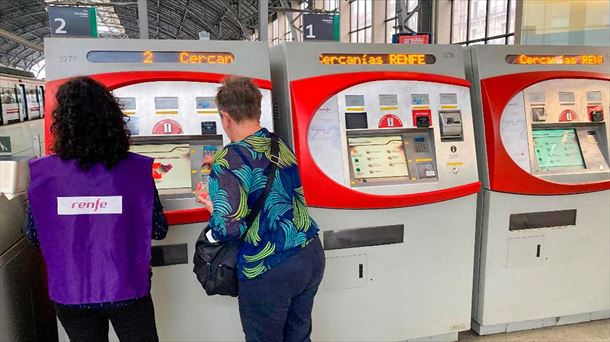Mars has two moons. The smallest of these is called Deimos and has been inspected by the United Arab Emirates’ Hope spacecraft since 2021. According to spectral analyses, the material is clearly from the parent planet and therefore is probably not a captured asteroid, as previously thought.
Researchers from the Emirates Space Mission (EMM) reported at the European Geosciences Union (EGU) General Assembly in Vienna that Deimos was more of a part of the red planet that was knocked out by an impact.
The space probe “Hope” was sent on a journey to Mars from the Japanese space center Tanegashima Space Center on July 19, 2020 and has been orbiting it since February 2021. It repeatedly flies close to the Martian moon Deimos, reported Hessa Al Matroushi, the EMM’s science director. “Minor navigational maneuvers” made it possible that on March 10, 2023, when “Hope” passed him just 100 kilometers away, all measuring instruments looked in his direction.
Always turn the same side to Mars
Deimos orbits the neighboring planet Mars in a circular orbit with a radius of 23,500 kilometers, which takes 30 hours each time. Like Earth’s moon, Deimos has locked rotation, meaning it always faces the Red Planet with the same side. According to current theory, it would be an asteroid captured by Mars.
However, the spectral measurements taken by the spacecraft’s instruments point to a different origin of Deimos, according to Christopher Edwards of the Department of Astronomy and Planetary Science at Northern Arizona University (USA), who analyzed data from Hope’s “Emirates Mars Infrared Spectrometer”. . (EMIRS). : “The infrared properties of this body are much more similar to those of basaltic Mars than to D-type asteroids, which are often used as analogs of Deimos spectral properties”.
The EMIRS data also showed that the Martian moon does not have a coarse-grained, blocky surface like such asteroids, but rather is covered in very fine particles, like Earth’s moon. The UV spectra recorded by the “Emirates Mars Ultraviolet Spectrometer” (EMUS) aboard the probe also lead the researchers to assume that “Deimos” is not a former asteroid, according to Justin Deigan of the Laboratory of Atmospheric and Space Physics at the University of Colorado Boulder (UNITED STATES).
Deimos was probably once part of Mars
They indicate that there are hardly any organic or carbonaceous minerals, as would be the case with this one. “Demios is therefore likely a descendant of Mars itself,” Edwards said. “We think he was released from it by a giant impact.”
Source: Krone
I am an experienced and passionate journalist with a strong track record in news website reporting. I specialize in technology coverage, breaking stories on the latest developments and trends from around the world. Working for Today Times Live has given me the opportunity to write thought-provoking pieces that have caught the attention of many readers.



